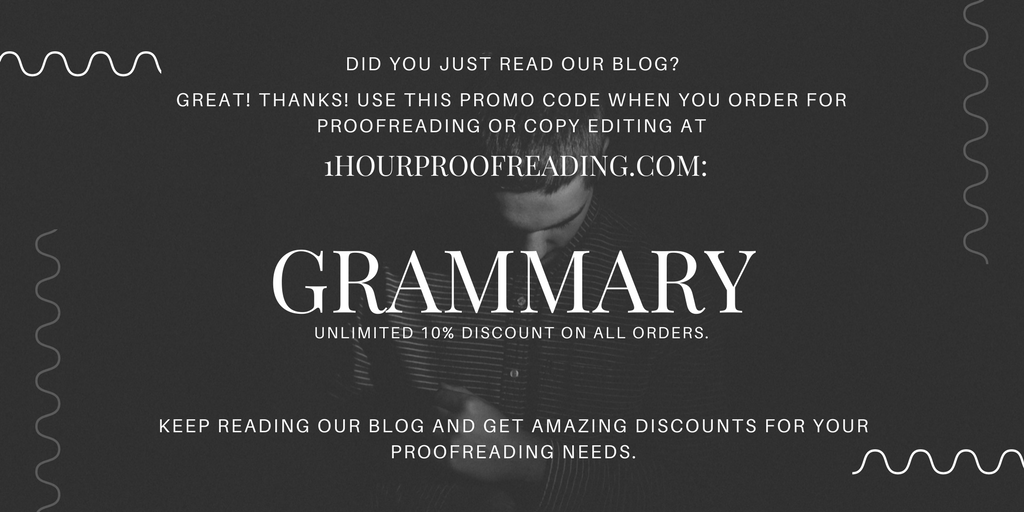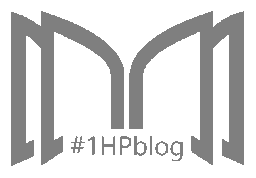The Exemplar Article: A Professional Author’s Guide to Great Writing
Posted on May 24, 2016
Informative, engaging, persuasive—these are just a few adjectives describing what every article should aspire to be.
Anyone can write, but not everyone can write great articles. To be considered “great,” the content must not be made up of nonsensical ramblings that mislead readers. Rather, it should be of extreme value from which readers can eventually draw something worthwhile, inciting them to take action.

Several components and structural elements are required to compose a well-written and smooth-flowing article. An article needs to be arranged into different parts to form a sequential flow that helps readers understand the topic more easily. The four main parts that normally make up an article (both print and online) are the title, introduction, body, and conclusion.
Structure:
Title
Your very first opportunity at grabbing the readers’ attention is through your title. It must be carefully crafted so that it is incentive enough for them to ultimately want to read the article itself.
The idea is to lure in the readers with a casual glance and simultaneously let them in on what the article is about, a preview if you will. In print media, the more eye-catching and creative the title is, the better. However, the same can’t be said for online articles. Your title should be written not only for the readers but also for search engines. “The search engine has to get a straightforward, factual headline so it can understand it,” says BBC News Interactive’s Nic Newman, head of product development and technology. This means that for online articles to generate traffic, titles must sacrifice creativity. Fun and intriguing titles (e.g., “To Infinitives and Beyond”) are disregarded by search engines, whereas clear, searchable, and easy-to-understand keywords increase search engine traffic.
Introduction
Congratulations, you’ve passed the hurdle of creating the right title. Now you must come up with a brilliant intro. The very first sentence must hook the readers into reading the remaining text. Do note, however, that a mere thirty seconds is all you’re given for the average readers to be exposed to your writing and decide whether they will continue reading the rest. Basically, they’ll read the first paragraph. If it’s not to their liking, they’ll scrap your article and look elsewhere.
The introduction is where you share what your article is all about, why it is important, and what the readers could learn from reading it. It will give your readers an idea of what to expect from reading the rest of the text.
Body
Now you must keep the readers’ attention and provide them with the information they were looking for in the first place. The real meat of the article is the body, usually three to four paragraphs in length; it should be just long enough to count, especially in online articles. Search engines typically give preference to articles with in-depth content, and reaching 1,500 words in an article is generally deemed good.
While the introduction covers the basics, the body will delve further into the facts of your article. This portion should include all the supporting facts, which should be presented in a logical and comprehensible manner. Do not digress or stray from the topic at hand or throw in information just to increase the word count. Ensure that whatever points you add help maintain the focus of the entire article.
Conclusion
Wrap up the points you’ve already discussed by writing the conclusion. Essentially, the conclusion serves as a reminder to the reader of the information you’ve just given them. An easy way to go about this is to summarize the body or to simply rephrase your introduction. Make it brief and snappy—a paragraph will do. Lastly, never introduce a new idea in the conclusion.
Other points to consider:
Headings
Headings serve as breaks between paragraphs and/or topics to make reading your article easy on the eyes. No matter how good the writing is, an article with full paragraphs and no breaks will appear very lackluster and drawn-out.
Headings also aid readers in scanning and navigating topics of their interest, as well as give emphasis to topics of importance.
Keywords
For online content, do not forget to sprinkle your article with keywords and keyword phrases. Articles should have a minimum keyword density of 10 to 15 percent in their content for search engines to place a site high in the results page. The keyword density of an effective piece must be neither too high nor too low. When it’s too high, it may be off-putting to both the readers and the search engines. When it’s too low, the article may be ignored altogether by search engines.
Research and fact-checking
Try to research as much as you can. Readers respond well to facts, figures, and statistics. Also fact-check—you don’t want to be the source of misinformation. Including a few quotations from authority figures on the matter is also advisable. This will add a sense of legitimacy to your writing. For online articles, including resource links is also advisable so that the readers themselves can check the data from the source, if it is available.
Proofread and spell-check
Lastly—and this can’t be stressed enough—spell-check and proofread your article to make sure it’s rid of errors in grammar, spelling, punctuation, etc. Please note, however, that the spell-checker cannot tell the difference between your use of fair and fare. Thus, it would be wise to read through your article at least twice before publication. Even better, you may request a knowledgeable friend to review it.
Observing these tips and guidelines will help properly structure your every article. Not only will you see your writing improve and maintain its focus, but your readers will also find it easier and more fascinating to read.
Disclaimer: Image is not ours. Credit to the owner.
About 1-Hour Proofreading
1-Hour Proofreading is a growing start-up offering fast and efficient editing services at a reasonable price with the assurance that the document is publication-ready the soonest you need it. Its team of highly competent professional editors is committed to helping those in need of quality editing services while facing tough deadlines.
Visit 1hourproofreading.com for more details.
Follow us:
Back to Grammary



